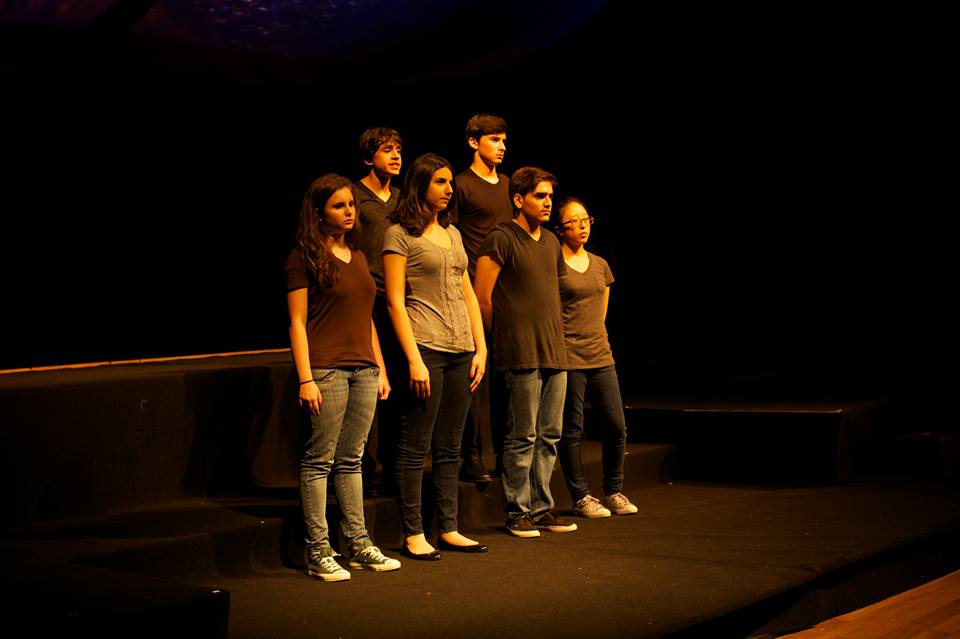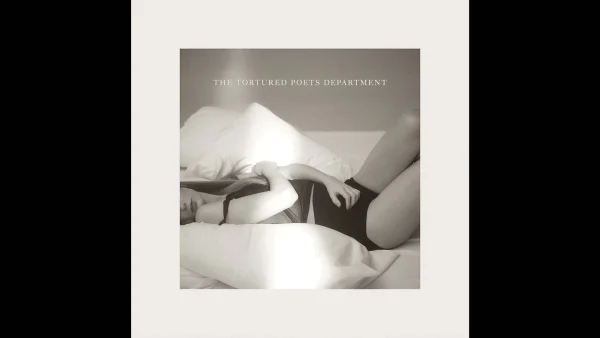Live and let live
The Murder
On the night of October 6, 1998, Matthew Shepard, a twenty one year-old gay college student, was savagely beaten in Laramie, Wyoming after having gone to a bar and been kidnapped. Robbed of his belongings, Matthew was found eighteen hours later by a cyclist who initially thought he was a scarecrow because of how badly he was hurt, his body tied to a fence in a remote expanse of land. After having been rushed to a hospital in Fort Collins, Colorado, Matthew was close to deawth, his physical state deemed too critical for any life-saving medical treatment. When the news of this LGBT hate crime spread, people all over the US rallied to support Matthew. The assailants, Aaron McKinney and Russell Henderson, were taken into custody almost immediately, and for the first time in the United States’s history, a discussion concerning hate crime legislation surged.
On October 12, 1998 at 12:53 AM, Matthew was pronounced dead. The subsequent trials found the murderers guilty and incarcerated both for two consecutive life sentences each. However, neither was charged with having committed a hate crime, since Wyoming didn’t have any preceding hate crime legislation protecting its LGBT population. At the time, most states in the US had little to no anti-hate crime legislation in place.
The Laramie Project
Written by Moisés Kaufman and the Tectonic Theatre Project, The Laramie Project is a play that centers around the aftermath of the Matthew Shepard incident. It delineates how Matthew’s friends and family, those closest to the murderers, the Laramie townspeople, and those involved in the incident (the limousine driver, he bartender, etc.) reacted to Matthew Shepard’s untimely death. The play then goes on to depict the murder trials and how they resulted in both Aaron McKinney and Russell Henderson’s murder convictions and imprisonments.
Nevertheless, the most important part of the entire play, excluding abstract concepts like morality, is Matthew’s voice. Matthew never technically appears in the play, yet the Laramie Project revolves around him. Matthew never says one word, yet I still consider him the protagonist of the piece. His silence—his indubitable, raw silence—distinguishes this play from others. His unspoken words resonate with those exposed to the piece, engendering one question to linger on the tips of the audience’s tongues: what would he say if he were still here?
Why We’re Doing It
Luis Wolfrid: “It’s interesting how such an event could occur and attract almost the entire nation’s attention, but still not help solve the issue at hand. The situation barely changed the views of Wyoming’s population, and perhaps if Matthew Shepard were to have lived he could’ve worked towards achieving the human rights that the LGBT community deserves.”
Bella Shim: “I decided to be part of this play because it deviates from the norm. It’s not every day that you get to participate in a play embedded with powerful messages like those that come from discussing the intolerance of homosexuality. It’s also been a while since I’ve been part of theater. I wanted to do something for a change.”
Karen Kandelman: “I was determined to be in The Laramie Project because I had watched the movie and knew exactly what it was about. The message was key since I am always trying to find ways to bring awareness about topics that I find meaningful. In addition, I thought it would get me out of my shell in the right way because I had never been part of a play and I thought that confronting homophobia would be constructive for me and for the community.”
Daniel Torres: “Growing up, I always had trouble communicating with people; it seemed as though it was always a struggle for me. I joined the eighth grade first semester play in order to try to solve this problem. I enjoyed myself, so I decided it would be best if I continued to perform and act. I was never into all the theater stuff, but after I tried it, it was just… fun. After my first play, Nine Dragons, I went and participated in Hiding in the Open. Now I find myself a part of the current play, The Laramie Project. Thus far, I have enjoyed myself a lot and am looking forward to presenting it to my peers.”
Luiza Sayão: “When I first read the script, I knew that I really wanted to be a part of it. It is a serious play dealing with controversial issues that I feel should be addressed in our community.”
Ms. Milner: “I feel, wherever we are, that sometimes the hard discussions of who we are as a community can get lost or silenced by the rush of day-to-day life. I was hoping that this show could be a catalyst for our high school community to start some of those discussions. Talking not just about homosexuality, but violence, media intrusion, a community’s responsibility for the actions of its members, tragedy and how a community mourns, the dynamics of communities that have a wide variety of opinions from liberal to conservative, and hate. The Laramie Project is about a small close community and how a violent and tragic event impacts them. Within every community, there are always a wide variety of perspectives and one thing I really appreciate about this play is that it gives voice to all of them. Everyone has a right to their own opinion, and each of those is crucial in the creation of the environment of that community, for better or worse. But we need to shed light on the issues that are the subtext for our day-to-day interactions so that we can have an open and honest discourse, to work towards acceptance, not just tolerance.”
Acceptance versus Tolerance
One of the main themes explored in the Laramie Project is acceptance versus tolerance. Although they seem like synonyms, there’s a huge distinction between the two. I usually don’t like using dictionary definitions to support my points, but for this one, I feel it’s necessary. As defined by Merriam-Webster, tolerance is “sympathy or indulgence for beliefs or practices differing from or conflicting with one’s own,” meaning when a person is tolerant, he is not only allowing a person to be different, but also “sympathizing” with the person’s “beliefs or practices.” Generally, when a person sympathizes with another, it tends to be because the person is experiencing some form of adversity or doing something otherwise considered. Thus, tolerance is perhaps little more than thinly veiled disgust. Why is it acceptable for some to only “tolerate” others’ inherent and unchangeable differences?
That’s why acceptance is key. Acceptance suggests not only a person’s understanding of differences, but also a person’s embracing of diversity and beliefs other than his own. Acceptance signifies that there’s nothing wrong with another person’s differences, which is why it’s vital to accept rather than only tolerate homosexuality. Acceptance is allowing and encouraging others to be themselves.
In The Laramie Project, this theme is fundamental, since all one sees are the different ways that people react to the fact that Matthew was gay. For some, the mere mention of his homosexuality was enough to warrant his murder. To some, it doesn’t make a difference that he was gay, as long as he didn’t act like a “queer,” but his murder had been a nuisance for the town because of all the unsolicited attention it drew. These people frequently told the press that Laramie was a “live and let live” kind of town, opining that tolerance was the norm and hinting that acceptance was all but common. To many others, though, Matthew Shepard’s murder inflamed and inspired them to fight for equality, a world where people don’t just tolerate, but wholeheartedly embrace and accept diversity.
So, What Type of World Do We Live In?
The Good: Recently in the US, the Matthew Shepard and James Byrd, Jr. Hate Crimes Prevention Act was added to pre-existing federal laws pertaining to hate crimes, expanding the definition to include violent acts motivated by a victim’s gender identity or sexual orientation.
Fifteen countries, including Brazil, recognize and perform marriages between two consenting adults, regardless of the adults’ genders.
In 2011, the United Nations passed a resolution promoting LGBT rights, including the decriminalization of homosexuality and the criminalization of discrimination; this resolution was passed with 94 member states voting in favor.
The Bad: Most countries do not recognize nor perform marriages between two consenting same-sex adults whatsoever.
A few countries, such as Russia with its government passing the bill that criminalized “LGBT propaganda,” have been retrogressing when it comes to minority rights.
Some Brazilian officials consider the “cura gay,” or conversion therapy as a “viable solution to the homosexuality epidemic.”
The Ugly: Over 76 countries have criminalized homosexuality, ranging from punishments including two years in jail to life sentences to the death penalty; of these 76, over seven of them have the death penalty for homosexual activity.
In some countries, a person can be imprisoned for knowing about any homosexual activity that happened within the country and concealing it from their government.
Internationally, most countries haven’t implemented any anti-hate crime legislation that extends to their LGBT populations, leaving them unprotected and consequently vulnerable to violence.
Sources: www.merriam-webster.com, karensandler.wordpress.com, 76crimes.com, matthewshepard.org, en.wikipedia.org

A senior in his third and final year as part of the Talon, Michael serves as co-Editor-in-Chief alongside Faria Nasruddin. Prior to being Editor-in-Chief,...









